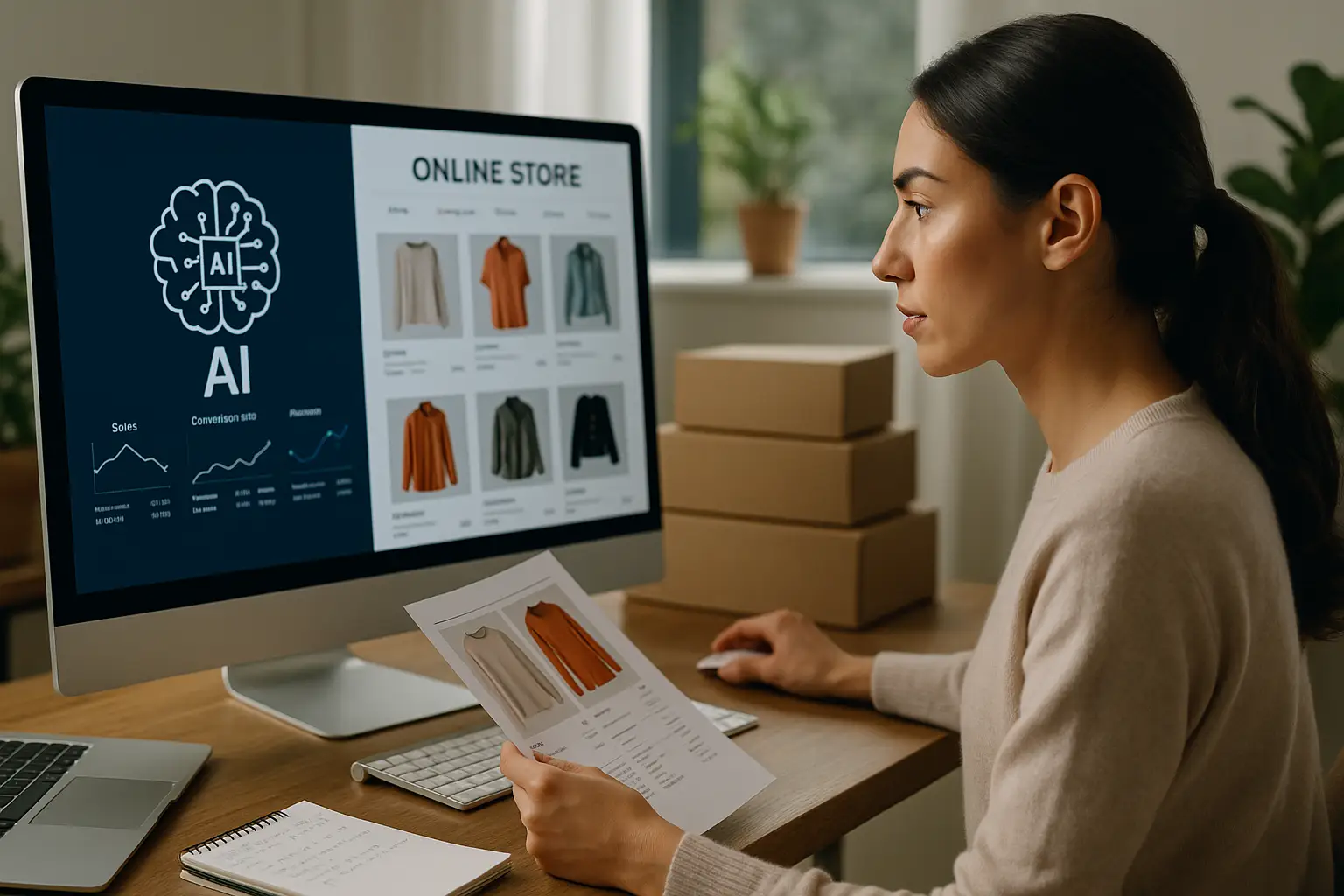Evolving retail: how AI is changing the rules of the game in marketing
In a constantly changing market, where the boundary between online and offline is increasingly blurred, retail marketing is called upon to radically change. Artificial intelligence is no longer just an innovative tool: it has become a strategic lever for intercepting demand, engaging consumers and optimising conversions.
In the current context, shopping has become a pervasive activity. Consumers no longer limit themselves to visiting a physical store or an eCommerce site: they discover, evaluate and purchase while watching a video, scrolling through social media, reading a review or interacting with a voice assistant.
It is now clear that shopping is no longer a linear journey, as a consumer can discover a product by watching YouTube Shorts or a reel on TikTok and purchase it without ever leaving the app, or find a product in Search and then purchase it at a point of sale based on availability in nearby stores.
This makes consumer behavior unpredictable. The shopping experience has become liquid, distributed across multiple touchpoints, and requires brands to be present – and relevant – at every moment that matters.
According to Google analysis, 80% of online shopping journeys involve multiple channels and devices.
This means that intent can originate in one place and transform into conversion in another.
It is precisely in this complexity that the opportunity for the most agile and data-driven retailers lies.
Artificial intelligence as a strategic lever
In recent years, AI has begun to radically transform the shopping experience, offering personalized suggestions, process automation and fluidity in transactions.
Whether it is recommending an outfit, showing the availability of a product in nearby stores or simplifying payment, AI allows retailers to always be present at key moments in the customer journey.
And with this arise new ways for brands and creators to engage consumers.
From feed to cart: the importance of quality data
Everything starts with the quality of the information. AI gives its best when it works on reliable data: updated images, correct prices, real-time stock. Platforms like Google Merchant Center help brands maintain these standards, improving campaign performance and the effectiveness of interactions with consumers.
Visual search and creators: the new face of influence
Product discovery increasingly happens through immersive and visual experiences.
Google Lens, with more than 20 billion monthly searches, is redefining the way people find what they are looking for.
And YouTube confirms itself as the most reliable channel for those who want authentic advice: creators generate trust and shorten the purchase cycle.
In fact, even if social media plays a fundamental role in building brand awareness, it is the credibility of the sources that makes the real difference when it comes to pushing users towards purchasing.
A concrete example comes from YouTube, which today confirms itself as the preferred channel – especially for millennials and Gen Z – to seek opinions and insights on products. According to research conducted by Traackr in 2024, this platform stands out for the trust it generates: users are up to 98% more inclined to follow the advice of YouTube creators than influencers active on other channels.
Creators, in fact, have become a central figure in the purchasing process: they offer authentic content, show the products in action and guide choices in a transparent way. This approach has led to a significant shortening of the decision-making cycle: on average, the time needed to go from product discovery to purchase has been reduced by six days.
An example? Sephora
To broaden the reach of its social campaigns during the holiday season, the brand has adopted a targeted strategy: it involved seven creators to create a Demand Gen campaign focused on YouTube Shorts, presenting gift ideas designed for the occasion. The result? A significant increase in site traffic and an 82% increase in searches for the term “Sephora holidays,” as well as one of the best brand lifts recorded in the beauty industry.
What Marketers Can Do Today
The advice is clear: invest in structured data, adopt integrated AI tools (like Lens, Performance Max, Demand Gen), and build strategies centered on the user experience.
The brands that will be able to connect with customers in a relevant, intuitive and personalized way will be the ones that will lead the future of retail.
Ready to integrate AI into your eCommerce and turn every interaction into a sale?
 |
Contact us today.We help you connect your product data with intelligent solutions to increase conversions and visibility. |
 |
Contact us todayWe help you connect the your product data with intelligent solutions to increase conversions and visibility.
|



